Home>Storage Ideas>Living Room Storage>Living Room Feng Shui: 10 Ways To Use Feng Shui In Living Rooms
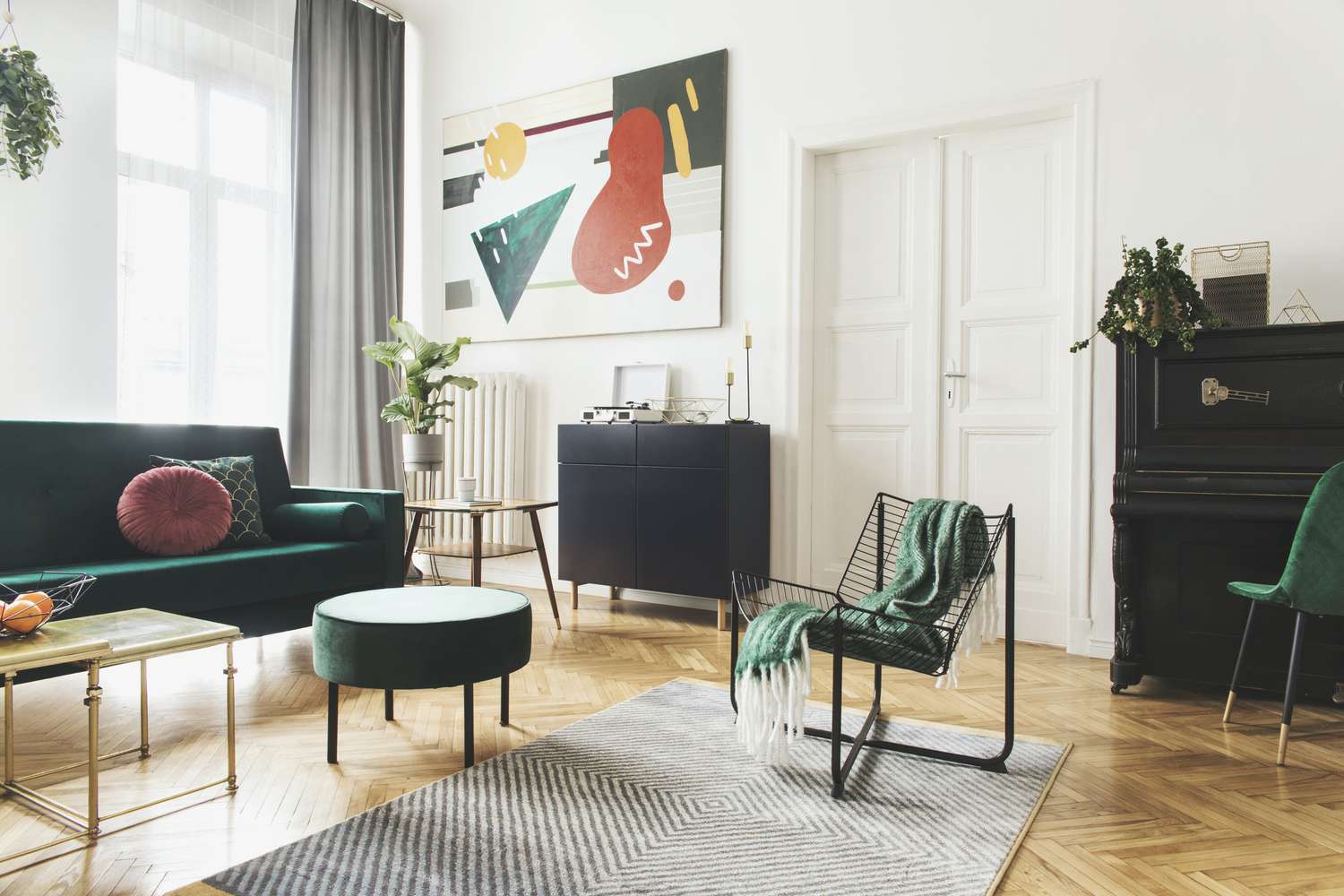

Living Room Storage
Living Room Feng Shui: 10 Ways To Use Feng Shui In Living Rooms
Modified: January 19, 2024
Optimize your living room with feng shui principles. Discover 10 effective ways to incorporate feng shui in your living room, including smart storage solutions.
(Many of the links in this article redirect to a specific reviewed product. Your purchase of these products through affiliate links helps to generate commission for Storables.com, at no extra cost. Learn more)
Introduction
Creating a harmonious and balanced living room is not just about aesthetics; it’s about creating a space that promotes positive energy and encourages relaxation. In the world of interior design, one approach that has gained popularity is feng shui. Originating from ancient Chinese philosophy, feng shui is a practice that seeks to harmonize individuals with their surrounding environment.
When it comes to living room feng shui, there are numerous techniques and principles that can be applied to optimize the energy flow within the space. From furniture placement to color choices, every element plays a crucial role in creating a harmonious and inviting atmosphere.
In this article, we will explore ten effective ways to use feng shui in the living room to maximize positive energy and create a space that promotes peace, relaxation, and overall well-being.
Key Takeaways:
- Create a harmonious living room by clearing clutter, arranging furniture for comfort, and incorporating natural elements. Balance the five feng shui elements and enhance lighting to promote positive energy flow and relaxation.
- Personalize your living room with meaningful artwork, choose harmonious colors, and keep electronics to a minimum to foster human interaction and promote a technology-free zone. Trust your intuition to create a harmonious and inviting space.
Clear the Clutter
One of the fundamental principles of feng shui is the importance of keeping your living space free from clutter. Clutter not only creates physical chaos but also manifests as mental and emotional clutter. Clearing out unnecessary items from your living room is essential to create a sense of calm and promote positive energy flow.
Start by decluttering surfaces such as coffee tables, shelves, and countertops. Remove any items that are no longer needed or don’t bring you joy. Consider donating or selling things that are in good condition but are simply taking up space.
Organize your belongings in storage baskets, bins, or cabinets to keep them out of sight and maintain a clean and tidy living environment. Remember, the key is to create an open and spacious area that allows energy to flow freely.
In addition to physical clutter, it’s also important to clear out any energetic clutter. Negative emotions and memories can linger within objects, so it’s essential to let go of items that hold negative energy. Creating space for new positive energy to enter your living room is a vital step in enhancing its feng shui.
Arrange Furniture for Comfort and Flow
The way you arrange your furniture in the living room can significantly impact the energy flow and overall ambiance of the space. When it comes to feng shui, it’s important to prioritize comfort and create a natural flow throughout the room.
Start by considering the function of your living room and how you and your family typically use the space. Arrange the furniture in a way that promotes conversation and interaction. Place seating areas in close proximity to each other to encourage a sense of togetherness and harmony.
Avoid blocking the natural pathways and doorways with furniture. This allows energy to flow freely throughout the room and prevents stagnant areas. Be mindful of any sharp corners or edges and consider incorporating round or curved furniture to soften the energy and create a more inviting atmosphere.
Also, pay attention to the placement of the largest piece of furniture, such as the sofa. In feng shui, the sofa represents stability and support. Position it against a solid wall to provide a sense of security and grounding. Avoid placing it directly under a beam or sloping ceiling, as it can create a sense of pressure or instability.
When arranging furniture, be mindful of the balance between yin and yang energies. Yin energies are soft, calming, and rejuvenating, while yang energies are active, stimulating, and energizing. Incorporate a mix of both by balancing light and dark colors, soft and hard textures, and high and low furniture pieces.
Remember, the goal is to create a comfortable and inviting space that encourages relaxation and socialization, while also allowing energy to flow freely throughout the room.
Use the Bagua Map to Determine the Best Placement of Furniture
The Bagua Map is a powerful tool in the practice of feng shui. It is a grid that divides a space into nine sections, each representing a different aspect of life, such as love, career, and health. By overlaying the Bagua Map onto the floor plan of your living room, you can identify which areas correspond to each life aspect.
Once you have identified the different areas, you can then use the Bagua Map to determine the best placement of furniture in your living room. For example:
- Wealth and Abundance: Place your wealth corner in the southern part of the living room. This can be enhanced by adding elements that symbolize abundance, such as a money tree or a bowl of coins.
- Health and Family: The eastern area of the living room represents health and family. Consider placing items related to health, such as plants or a family photo, in this area.
- Love and Relationships: The southwestern part of the living room is associated with love and relationships. Enhance this area by placing items that symbolize love, such as a pair of candles or artwork depicting couples.
- Career: The northern area of the living room is connected to career and life path. To enhance this aspect, place items that inspire and motivate you, such as a vision board or a symbol of your career goals.
By aligning your furniture and decor with the corresponding areas on the Bagua Map, you can optimize the energy flow and create a living room that supports your goals and aspirations in different aspects of life.
Remember, the Bagua Map serves as a guide, and you can adapt it based on your specific needs and preferences. Trust your intuition and make adjustments accordingly to create a space that feels harmonious and aligned with your intentions.
Create a Focal Point
A well-designed living room should have a focal point – a visually captivating element that draws attention and anchors the space. Having a focal point not only adds visual interest but also helps to promote positive energy flow in the room.
Start by identifying the natural focal point of your living room. It could be a fireplace, a large window with a stunning view, or a beautiful piece of artwork. If your living room doesn’t have an obvious focal point, you can create one by using a large piece of furniture, such as an entertainment center or a bookshelf.
Once you have chosen or created a focal point, arrange the rest of the furniture around it in a way that enhances its prominence. Avoid having multiple competing focal points, as it can create visual confusion and disrupt the flow of energy.
Consider decorating the focal point with meaningful and uplifting elements. For example, if you have a fireplace as the focal point, adorn the mantel with cherished photographs or inspiring artwork. If it’s a large window, use curtains or blinds that can be opened to let in natural light and connect with the outside world.
Having a clear and prominent focal point in your living room not only creates a visually appealing space but also helps to anchor the energy and create a sense of balance and harmony.
Incorporate Natural Elements
In feng shui, the use of natural elements is essential to create a harmonious living room. By integrating nature into your space, you can enhance the energy flow and bring a sense of tranquility and balance. Here are some ways you can incorporate natural elements:
- Plants and Flowers: Add a touch of greenery to your living room by incorporating plants and flowers. Not only do they add beauty, but they also help to purify the air and bring a vibrant energy into the space. Choose plants with rounded leaves to promote gentle energy flow.
- Natural Materials: Opt for furniture and decor made from natural materials such as wood, bamboo, or rattan. These materials evoke a sense of grounding and connection to nature. Avoid synthetic materials that may disrupt the flow of energy.
- Natural Light: Maximize natural light in your living room by keeping windows unobstructed and using light-colored curtains or blinds that allow light to filter through. Natural light not only enhances the visual appeal but also lifts the energy in the room.
- Water Elements: Incorporate water elements such as a small tabletop fountain or a fish tank. Water is symbolic of wealth and prosperity in feng shui and can bring a sense of fluidity and abundance to your living room. Just make sure to keep the water clean and flowing.
- Natural Colors: Use a color palette inspired by nature to create a calming and balanced atmosphere. Earthy tones such as greens, browns, and blues can evoke a sense of tranquility, while pops of vibrant colors can add energy and vitality.
By integrating natural elements into your living room, you can create a space that feels connected to the outdoors and promotes a sense of peace and harmony. Embrace the beauty of nature and let it infuse your living room with positive energy.
Place your sofa against a solid wall to provide a sense of security and support in the living room, according to feng shui principles.
Balance the Five Feng Shui Elements
In feng shui, the balance of the five elements is crucial for a harmonious living room. Each element – wood, fire, earth, metal, and water – represents different qualities and energies. By incorporating and balancing these elements, you can create a sense of equilibrium and positive energy flow in your space.
Here’s how you can incorporate and balance the five feng shui elements in your living room:
- Wood: Introduce the wood element through furniture made of wood, such as coffee tables or shelving units. You can also add plants or fresh flowers to bring the energy of growth and vitality to your living room.
- Fire: Add the fire element through lighting fixtures, candles, or a fireplace. Fire represents passion, warmth, and transformation. However, be mindful of keeping the fire element in balance – avoid excessive heat or aggressive lighting.
- Earth: Incorporate the earth element through earthy tones in your color scheme, such as beige or terracotta. You can also use pottery, ceramics, or stone accents to bring stability, grounding, and a sense of nurturing energy to your living room.
- Metal: Introduce the metal element through decor accents such as metal frames, vases, or sculptures. Metal represents clarity, precision, and efficiency. It can be used to enhance mental focus and create a sense of organization in your living room.
- Water: Add the water element through water features like a tabletop fountain or a small aquarium. Water symbolizes wealth, abundance, and free-flowing energy. It can bring a sense of calmness and peace to your living room.
When incorporating these elements, it’s essential to strike a balance and avoid overpowering one element over the others. Consider the natural relationships between the elements – for example, wood feeds fire, fire creates earth, earth contains metal, metal holds water, and water nourishes wood.
By consciously integrating and balancing the five feng shui elements, you can create a vibrant and harmonious living room that supports your well-being and promotes positive energy flow.
Enhance the Lighting
Lighting plays a crucial role in feng shui as it directly influences the energy flow and ambiance of your living room. By enhancing the lighting in your space, you can create a warm and inviting atmosphere while optimizing the flow of positive energy. Here are some tips to enhance the lighting in your living room:
- Natural Light: Make the most of natural light by keeping your windows clean and unobstructed. Use light-colored curtains or blinds that allow sunlight to filter through. Natural light not only brightens up the space but also uplifts the energy.
- Ambient Lighting: Install ambient lighting fixtures, such as ceiling lights or wall sconces, to provide overall illumination in the living room. Opt for warm or soft white light to create a cozy and inviting ambiance.
- Task Lighting: Include task lighting options, such as table lamps or floor lamps, to provide focused light for specific activities like reading or working. Position the task lighting to minimize shadows and ensure optimal lighting for the tasks at hand.
- Dimmer Switches: Install dimmer switches for your lighting fixtures to have control over the intensity and mood of the light. This allows you to adjust the lighting according to different situations and create a more versatile and adaptable living space.
- Candlelight: Embrace the soft and calming energy of candlelight by incorporating candles in your living room. They not only bring a soothing ambiance but also symbolize the fire element, representing warmth and passion. Use natural beeswax or soy candles for a cleaner burn.
Remember, balanced lighting is key. Avoid harsh or overly bright lights as they can create a disruptive and uninviting atmosphere. Aim for a mix of natural, ambient, and task lighting to create a layered and balanced lighting scheme that supports relaxation and promotes positive energy flow.
Experiment with different lighting options and settings to find the perfect balance that suits your preferences and enhances the feng shui of your living room.
Choose Harmonious Colors
The colors you choose for your living room can greatly impact the energy and mood in the space. In feng shui, colors are associated with different elements and have varying effects on the energy flow. By selecting harmonious colors, you can create a balanced and inviting atmosphere. Here are some principles to keep in mind:
- Neutral Tones: Use neutral tones such as beige, cream, or taupe as a base color for your living room. Neutrals provide a grounding effect and create a calm and balanced backdrop.
- Element Colors: Incorporate colors that correspond to the feng shui elements. For example, green represents wood, red or orange represents fire, yellow or earthy tones represent earth, white or metallic tones represent metal, and deep blues or black represent water.
- Color Psychology: Consider the psychological effects of colors when choosing hues for your living room. Soft blues and greens promote relaxation, while warm tones like red and orange can energize the space. Opt for colors that align with the desired mood and energy flow in your living room.
- Balance and Contrast: Aim for balance and contrast when choosing colors. Avoid using too many vibrant or intense colors that can overwhelm the space. Instead, use pops of color as accents to create visual interest and add personality to the room.
- Personal Preference: Ultimately, trust your intuition and select colors that resonate with you personally. Your living room should reflect your individual style and preferences, as this contributes to a sense of comfort and authenticity in the space.
Remember that feng shui is not about strict rules but rather about creating a harmonious and balanced environment. Use color strategically to promote a positive atmosphere and support the energy flow in your living room.
Experiment with different color combinations and take note of how they make you feel. By choosing harmonious colors, you can create a visually pleasing and energetically balanced living room that promotes well-being and harmony for all who enter.
Read more: How To Feng Shui Your Living Room
Hang Meaningful Artwork or Photographs
Artwork and photographs have the power to evoke emotions and tell stories. When choosing pieces for your living room, opt for those that hold special meaning to you. Hanging meaningful artwork or photographs can greatly enhance the energy and personal connection within the space. Here’s how:
- Personal Significance: Select artwork or photographs that hold personal significance or resonate with your values, interests, or experiences. Surrounding yourself with meaningful imagery can uplift your mood and create a sense of connection.
- Positive Imagery: Choose artwork or photographs that evoke positive emotions. Opt for images that inspire joy, serenity, or love. By surrounding yourself with uplifting imagery, you can create a positive and harmonious atmosphere in your living room.
- Size and Placement: Consider the size and placement of the artwork or photographs. Hang larger pieces as focal points to draw attention and anchor the space. Smaller pieces can be grouped together for a visually pleasing gallery wall.
- Balance of Elements: Pay attention to the subject matter and colors in the artwork or photographs to maintain a balance of the five feng shui elements. For example, landscapes or nature scenes can represent the earth element, while vibrant abstract art can symbolize the fire element.
- Avoid Negative Imagery: Steer clear of artwork or photographs that evoke negative emotions or have a negative symbolism. Images of conflict, sadness, or loneliness can disrupt the positive energy and harmony in the living room.
When displaying artwork or photographs, create a cohesive and visually balanced arrangement. Consider the height, spacing, and relationship between the pieces. Group similar themes or color schemes together for a harmonious display.
Remember, the artwork and photographs in your living room should reflect your personality and bring you joy. Surround yourself with meaningful imagery that uplifts your spirit and creates a space that is uniquely yours.
Keep Electronics to a Minimum
In today’s digital age, electronics have become an integral part of our lives. However, when it comes to the feng shui of your living room, it’s important to keep electronic devices to a minimum. Here’s why:
- Reduce Electromagnetic Fields: Electronic devices emit electromagnetic fields (EMFs) which can disrupt the energy flow in the space. By limiting the number of electronics, you can reduce the amount of EMFs present in your living room.
- Promote Rest and Relaxation: Living rooms should be a space for rest, relaxation, and socialization. The presence of excessive electronics can create distractions and hinder the ability to fully unwind and connect with others. Minimizing electronics helps create a peaceful and rejuvenating atmosphere.
- Enhance Human Interaction: Keeping electronics to a minimum encourages more face-to-face interaction and quality time with loved ones. It allows for deeper connections and reduces the temptation to constantly engage with screens.
- Declutter the Space: Electronics can contribute to visual clutter and disrupt the flow of energy in the living room. By removing unnecessary devices, you can create a clean and organized space that promotes a sense of calm and balance.
- Create a Technology-Free Zone: Consider designating an area in your living room as a technology-free zone. This can be a cozy corner or a specific seating arrangement where you encourage activities like reading, meditation, or conversation without the presence of electronic devices.
Instead of having multiple screens or electronic gadgets on display, focus on creating a living room environment that fosters relaxation and human connection. Opt for more traditional forms of entertainment and engage in activities that promote mindfulness and bonding.
By keeping electronics to a minimum and creating a space that supports unplugging and reconnecting with yourself and others, you can enhance the feng shui of your living room and create a more balanced and harmonious environment.
Conclusion
Incorporating feng shui principles into your living room can have a significant impact on the energy and ambiance of the space. By following these ten tips, you can create a harmonious and inviting living room that promotes positive energy flow and supports your overall well-being.
Clearing the clutter, arranging furniture for comfort and flow, and utilizing the Bagua Map to determine furniture placement are foundational feng shui practices that lay the groundwork for a balanced living room. Creating a focal point, incorporating natural elements, and balancing the five feng shui elements add depth and energy to the space.
Enhancing the lighting, choosing harmonious colors, and hanging meaningful artwork or photographs personalize the living room and reinforce positive emotions and connections. Lastly, keeping electronics to a minimum allows for a technology-free zone that promotes relaxation and human interaction.
Remember, feng shui is about creating a space that aligns with your intentions and promotes positive energy. Trust your intuition and adapt these tips to suit your personal style and preferences.
By practicing feng shui in your living room, you can transform it into a sanctuary – a space that nurtures your mind, body, and spirit, and serves as an oasis of peace and tranquility in your home.
Frequently Asked Questions about Living Room Feng Shui: 10 Ways To Use Feng Shui In Living Rooms
Was this page helpful?
At Storables.com, we guarantee accurate and reliable information. Our content, validated by Expert Board Contributors, is crafted following stringent Editorial Policies. We're committed to providing you with well-researched, expert-backed insights for all your informational needs.
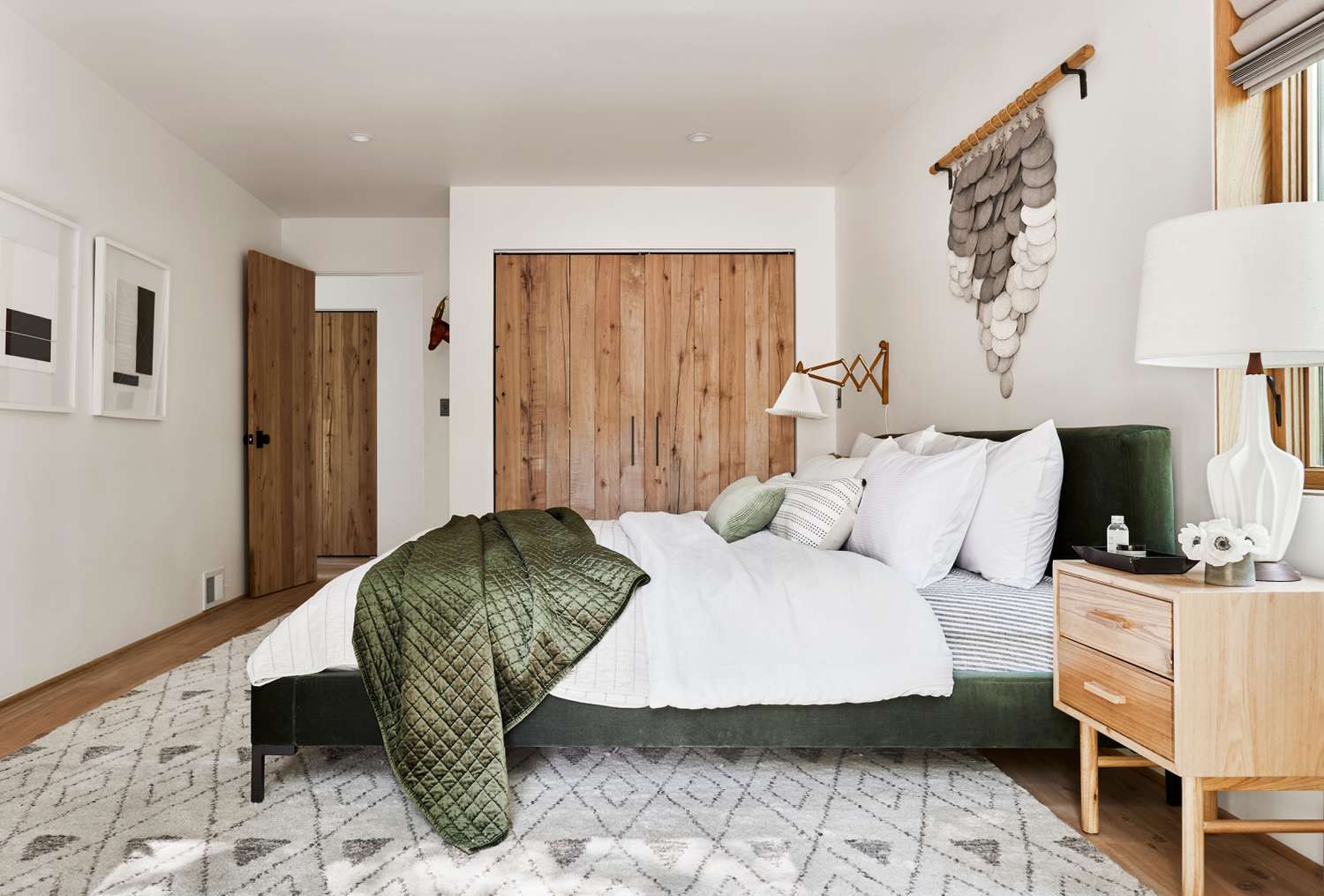
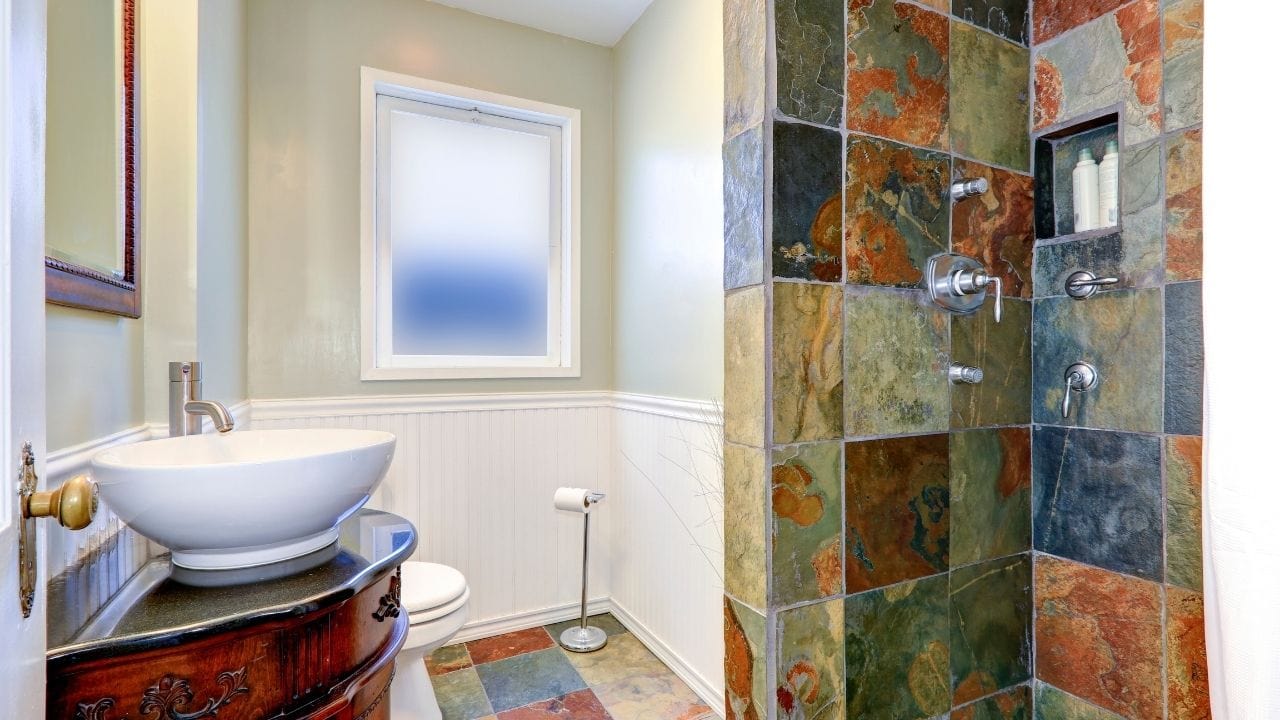
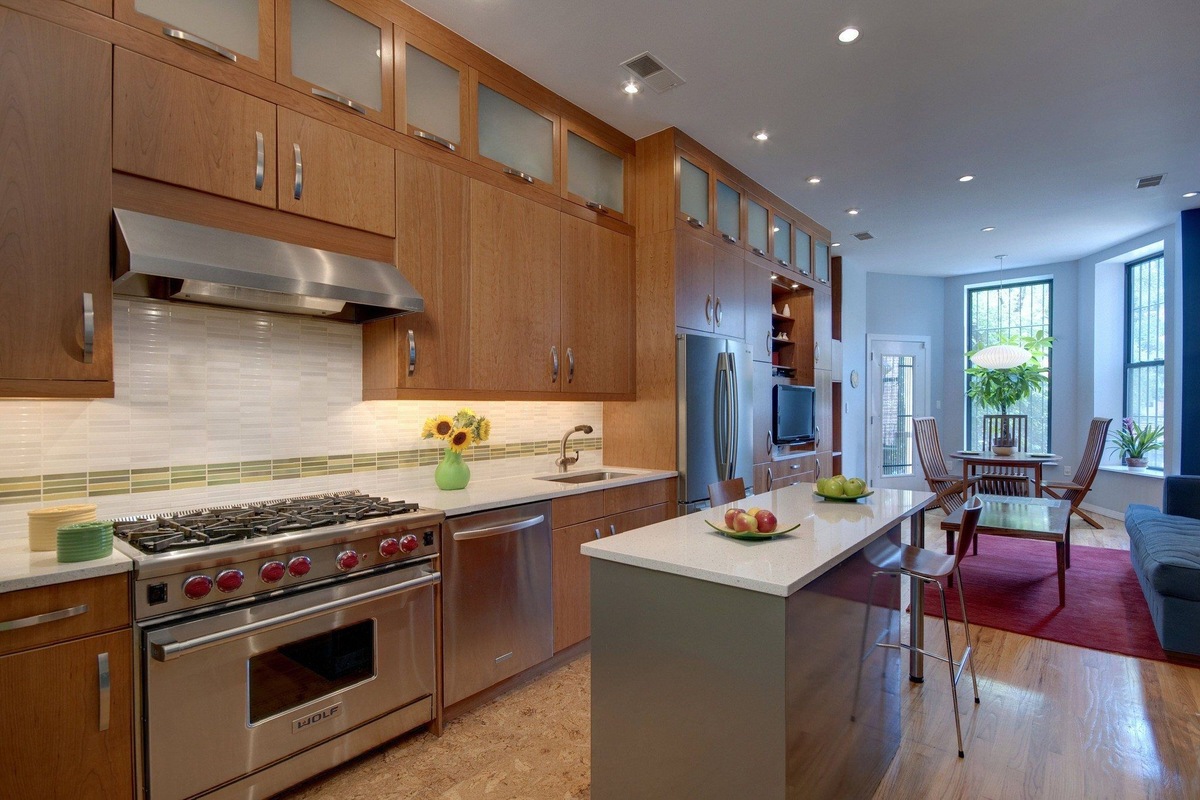
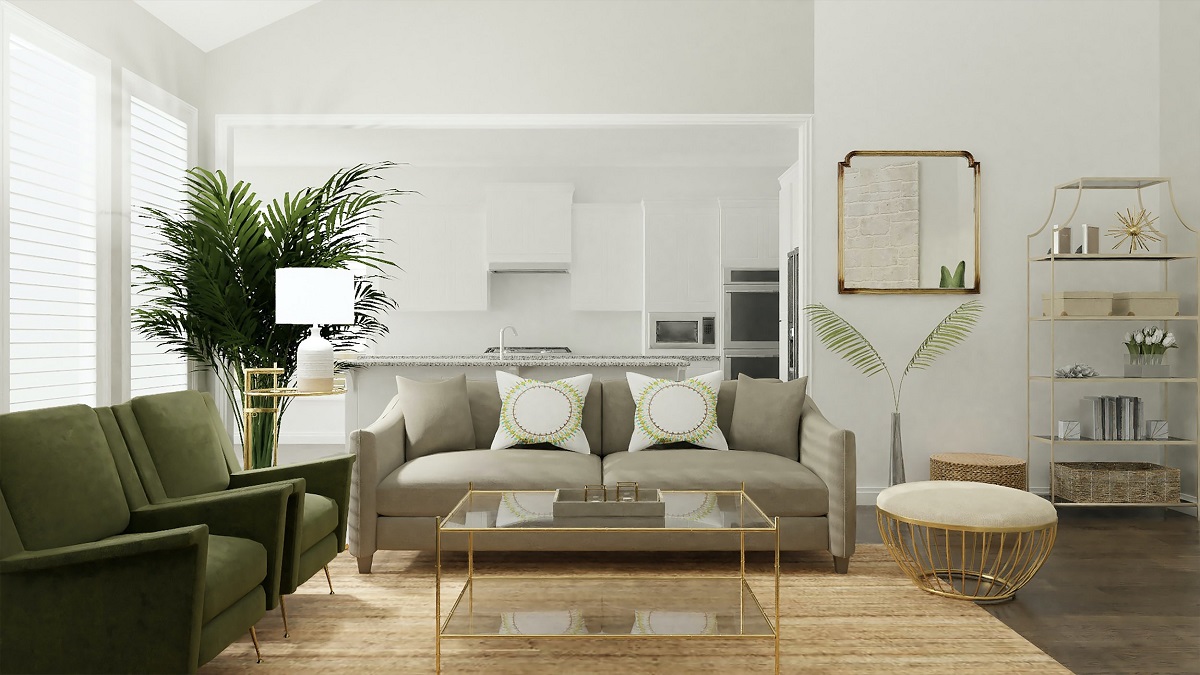
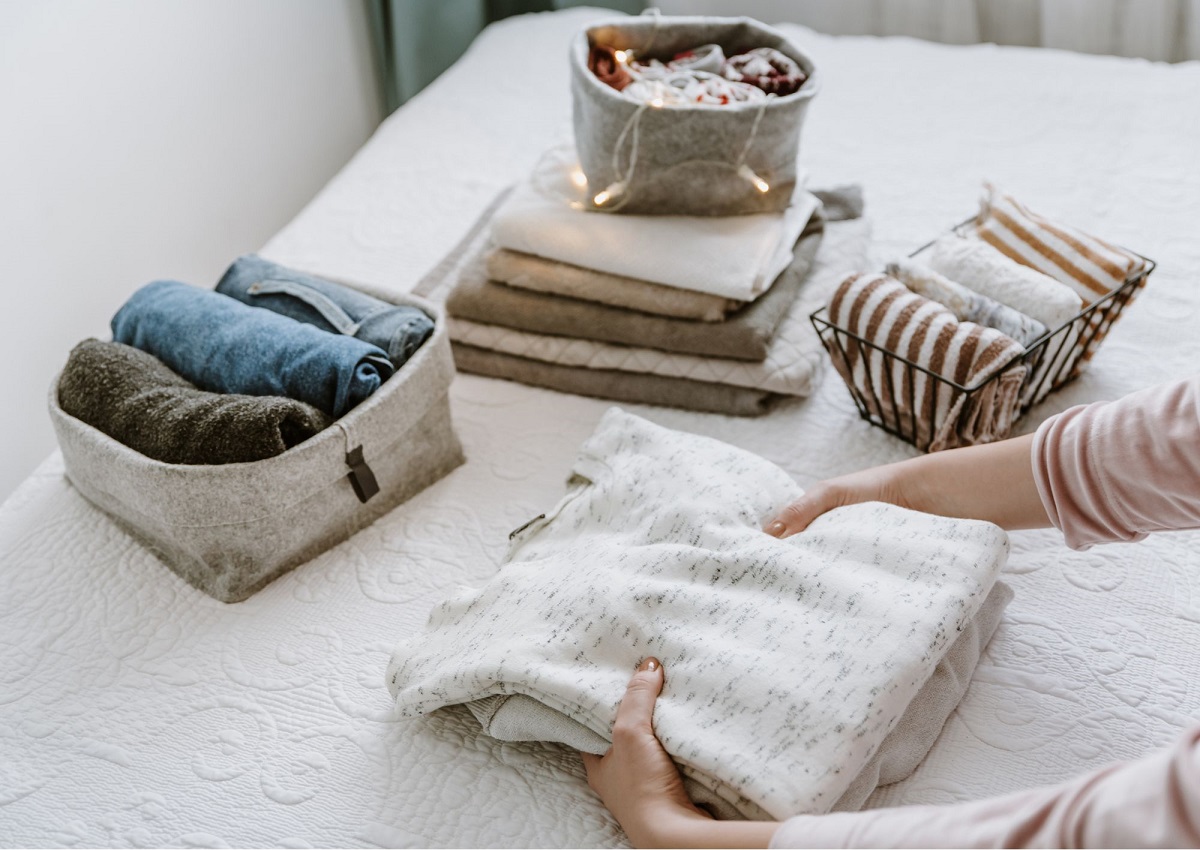
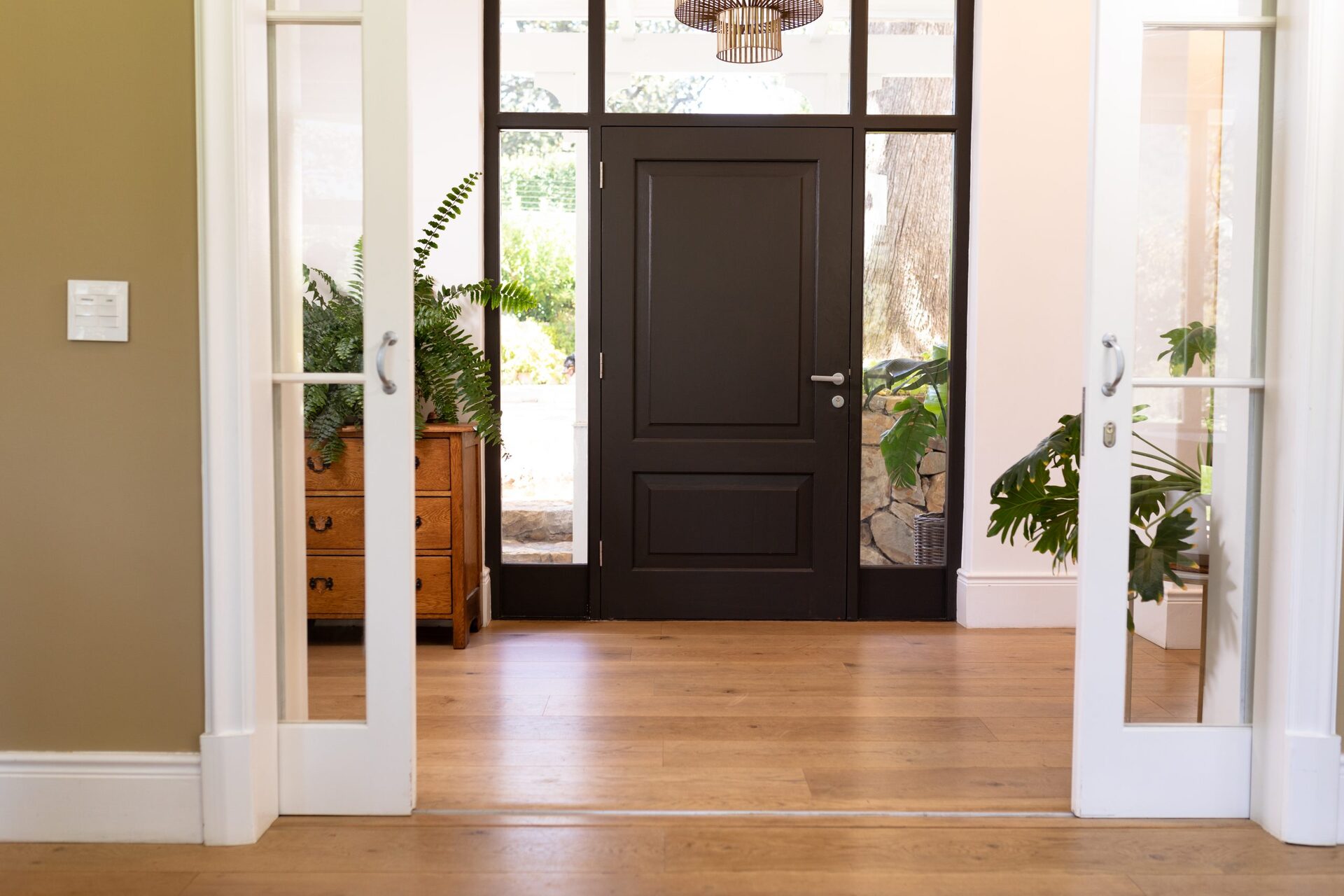
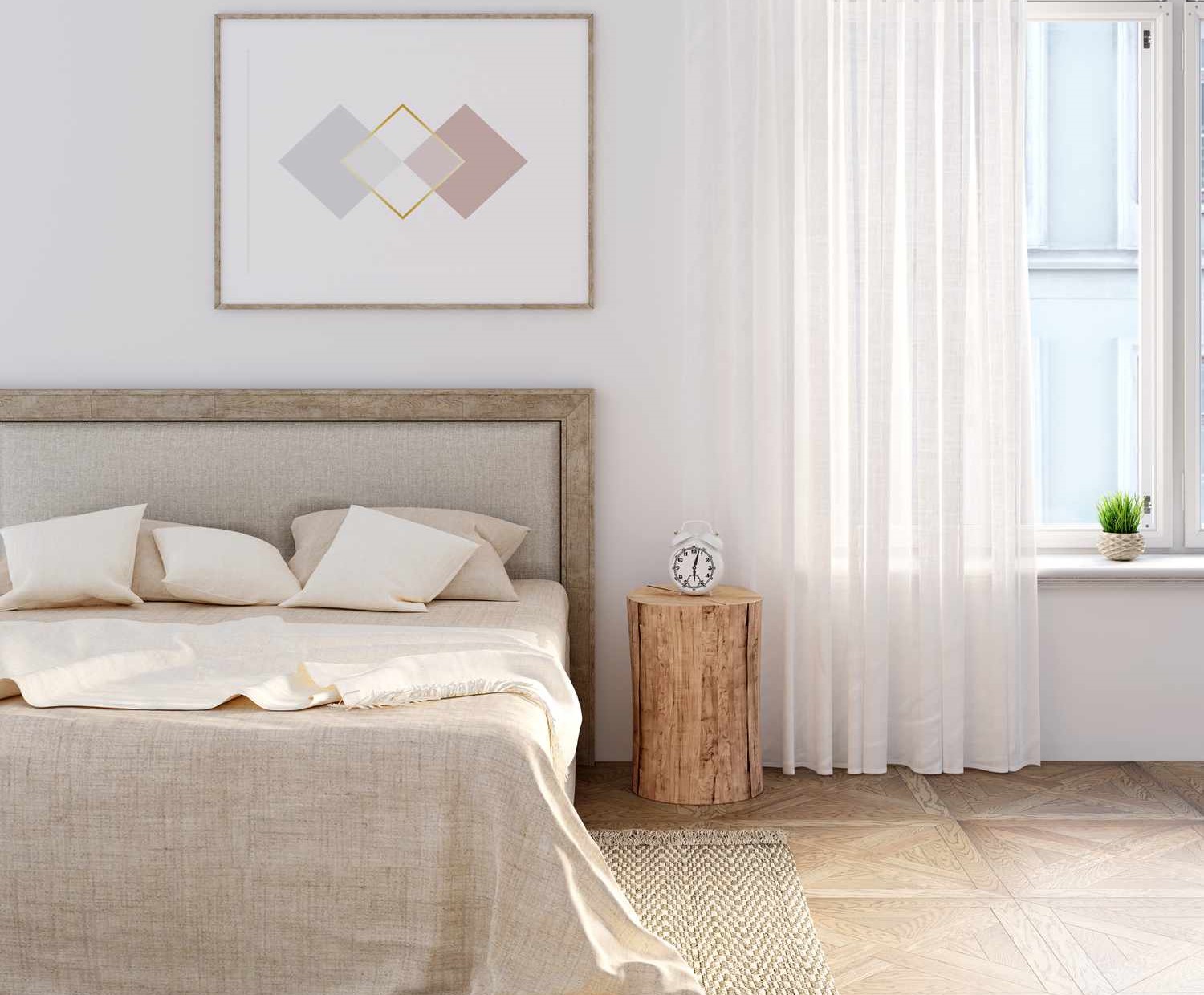
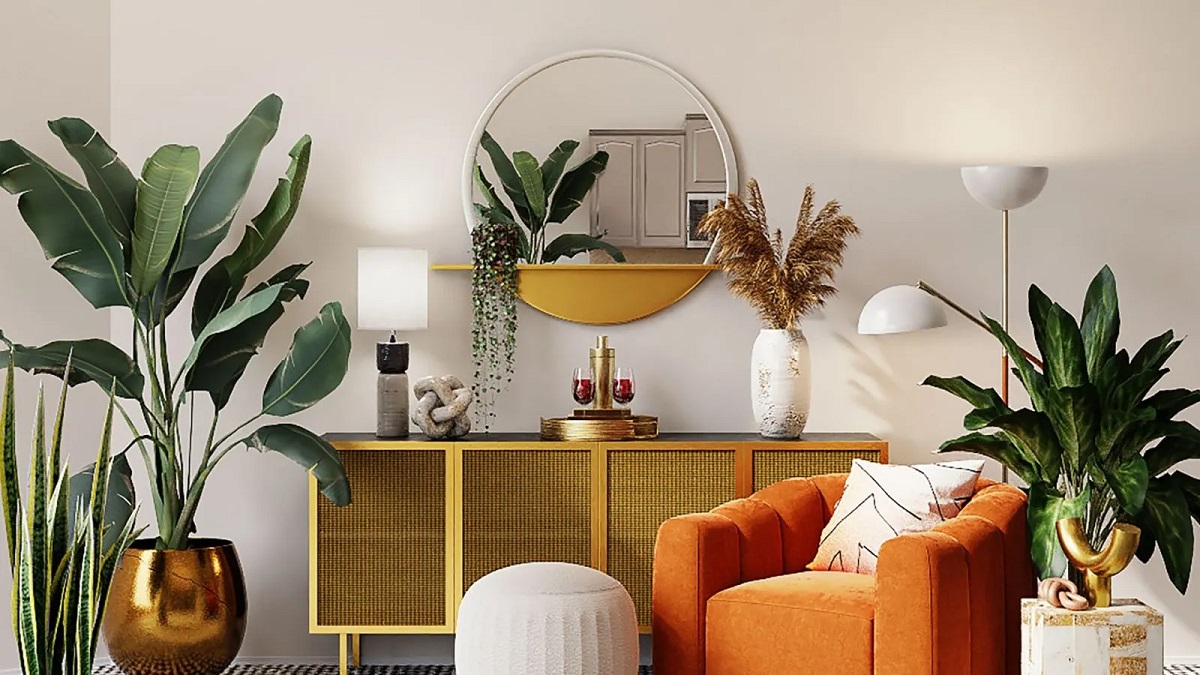
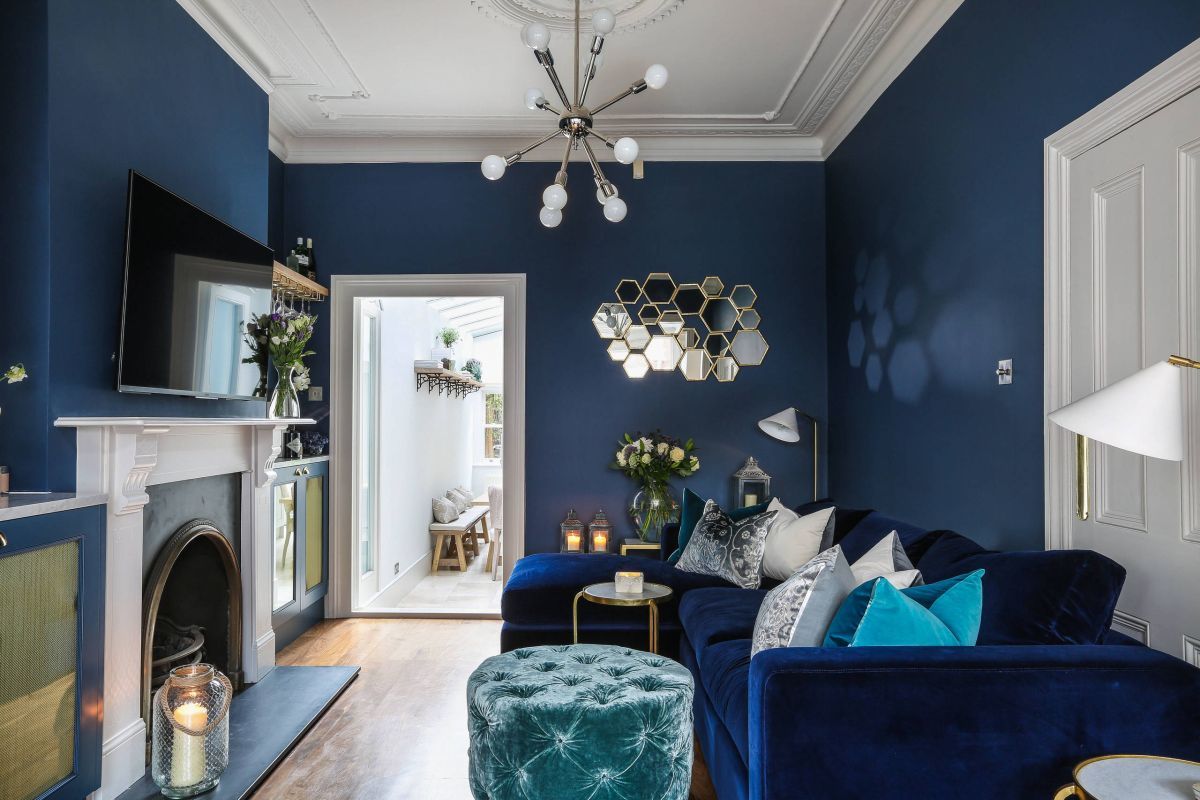
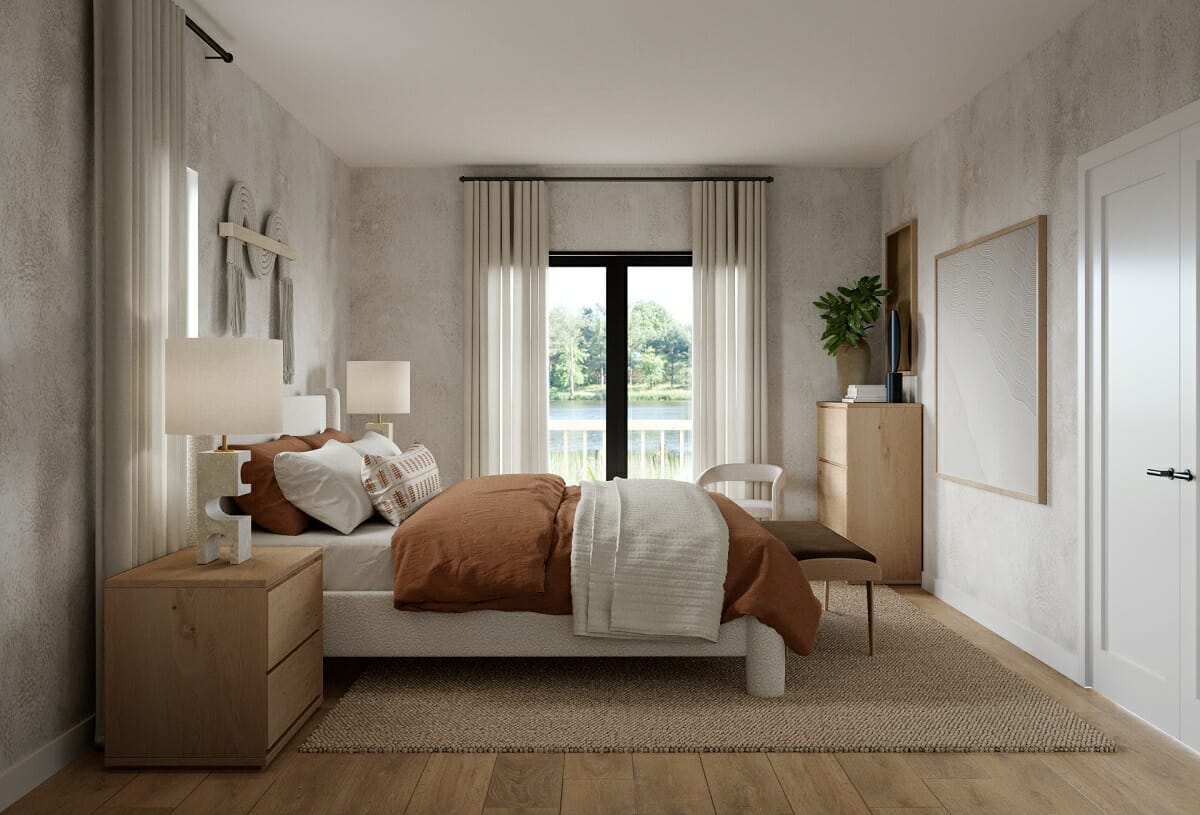
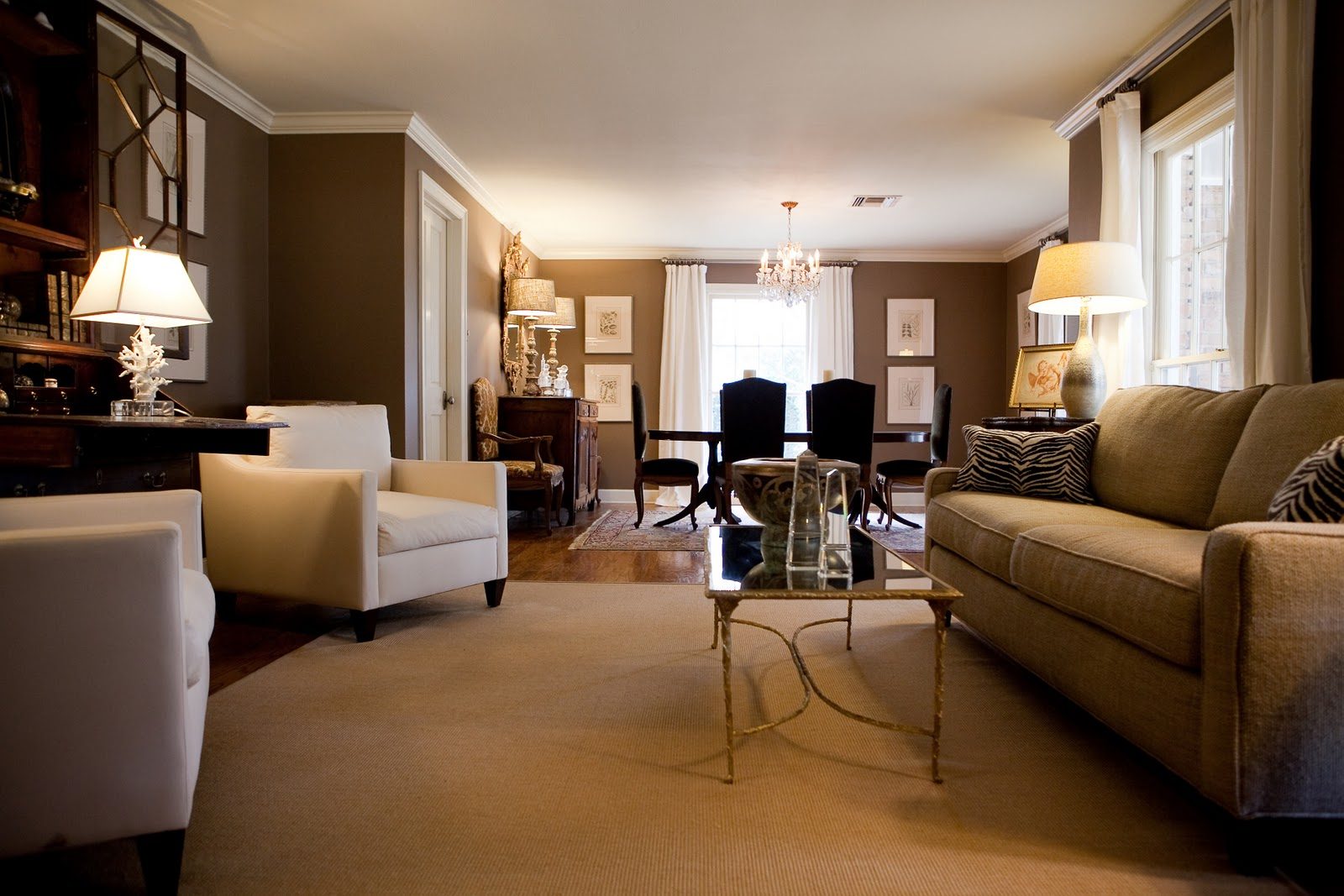
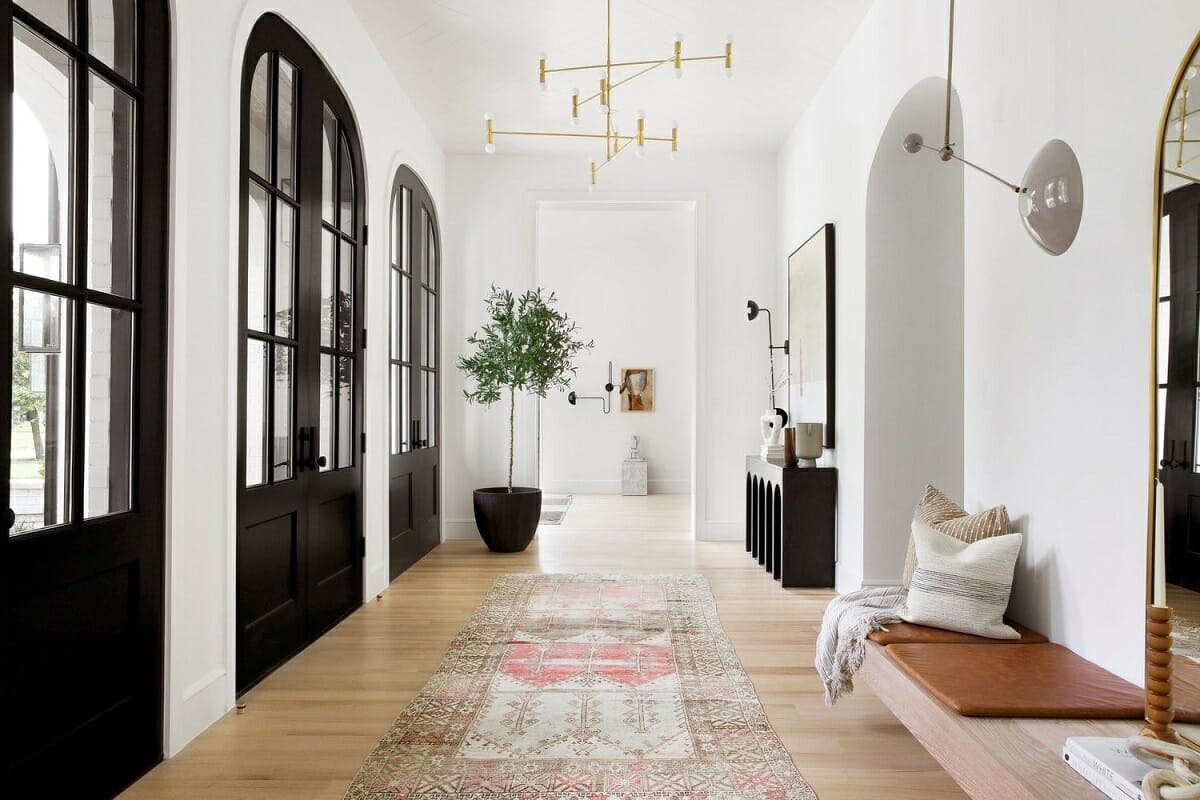
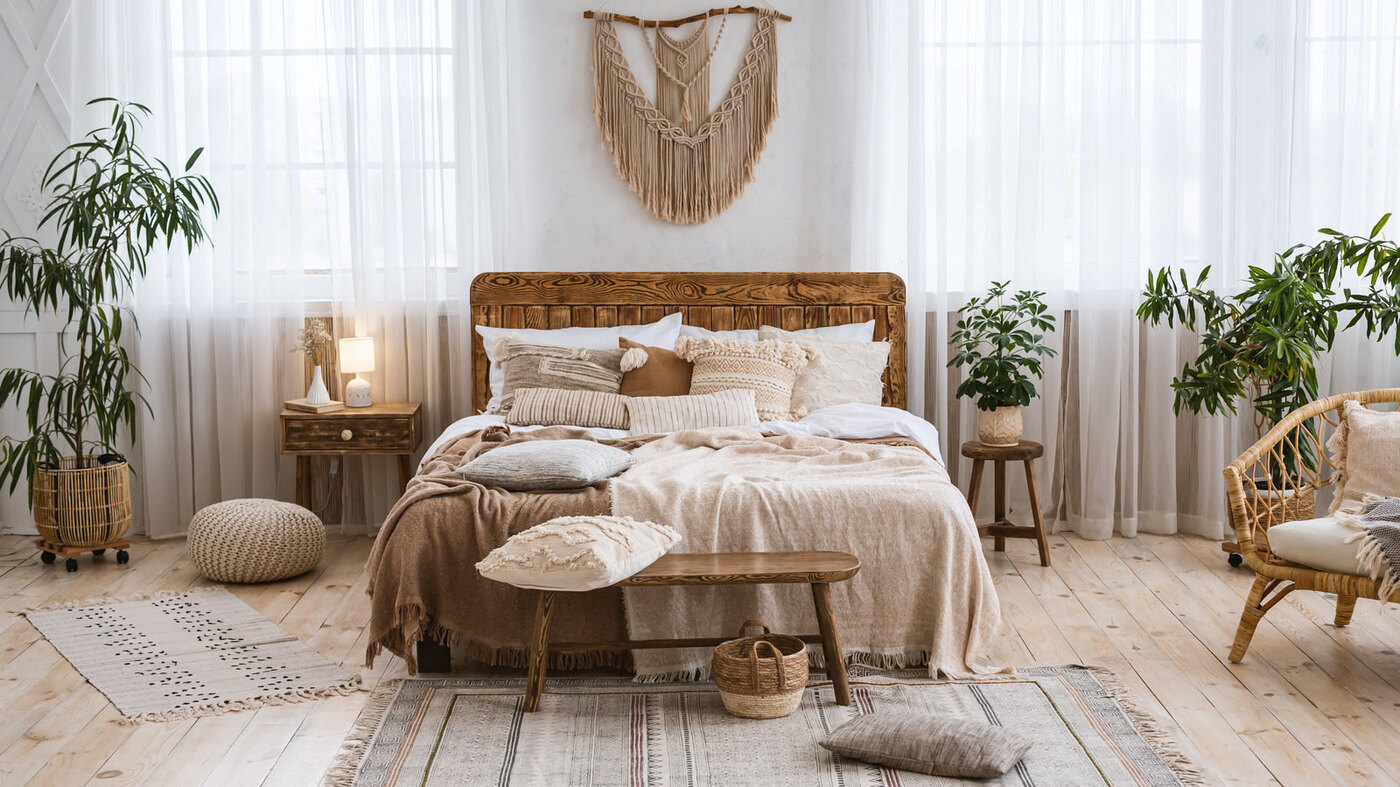

0 thoughts on “Living Room Feng Shui: 10 Ways To Use Feng Shui In Living Rooms”